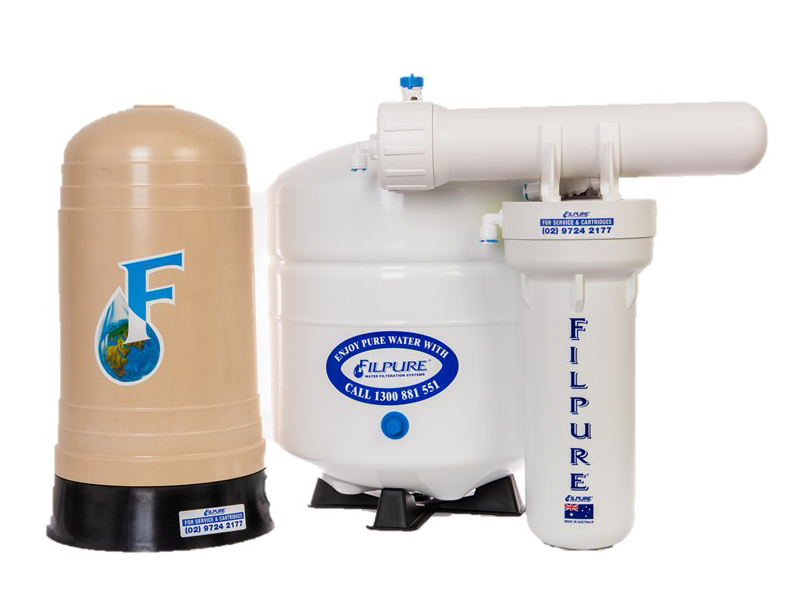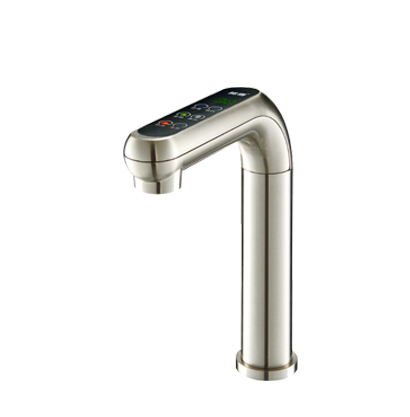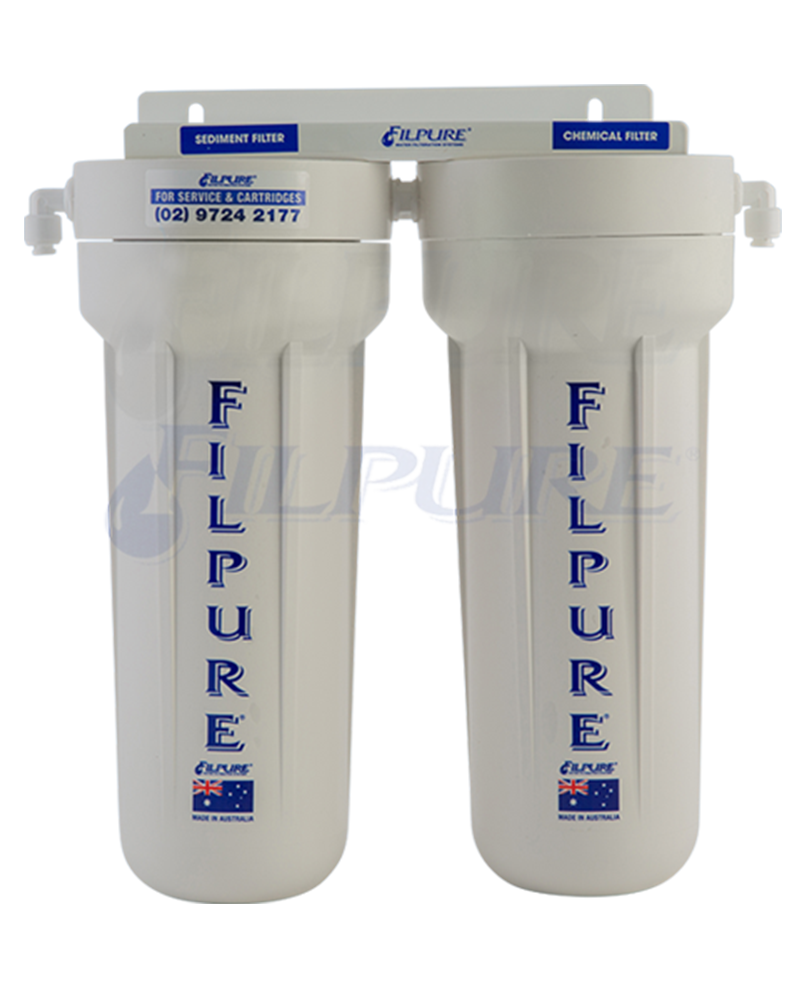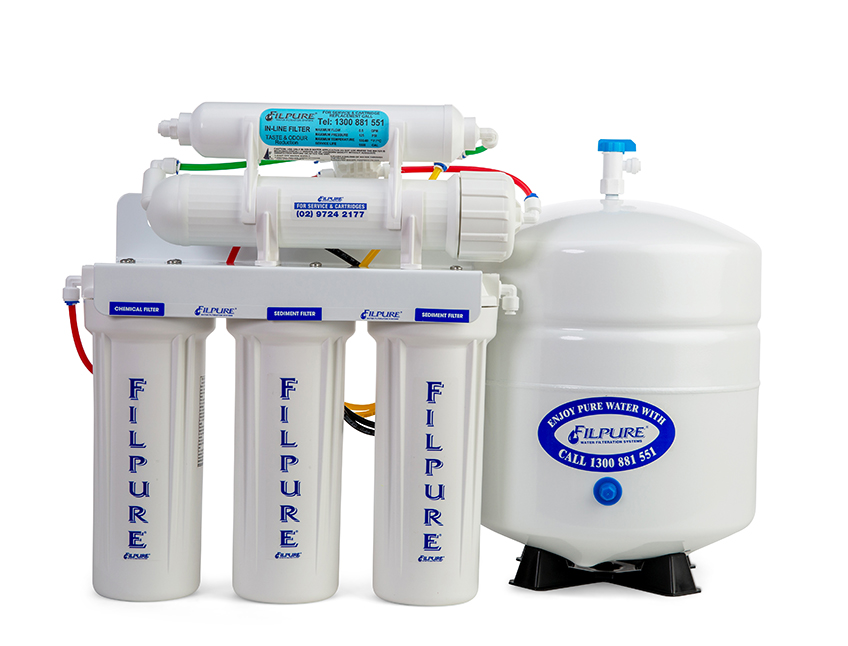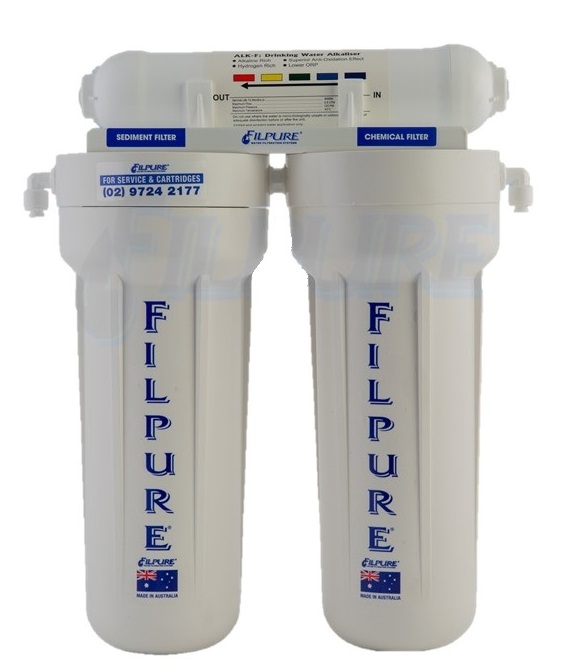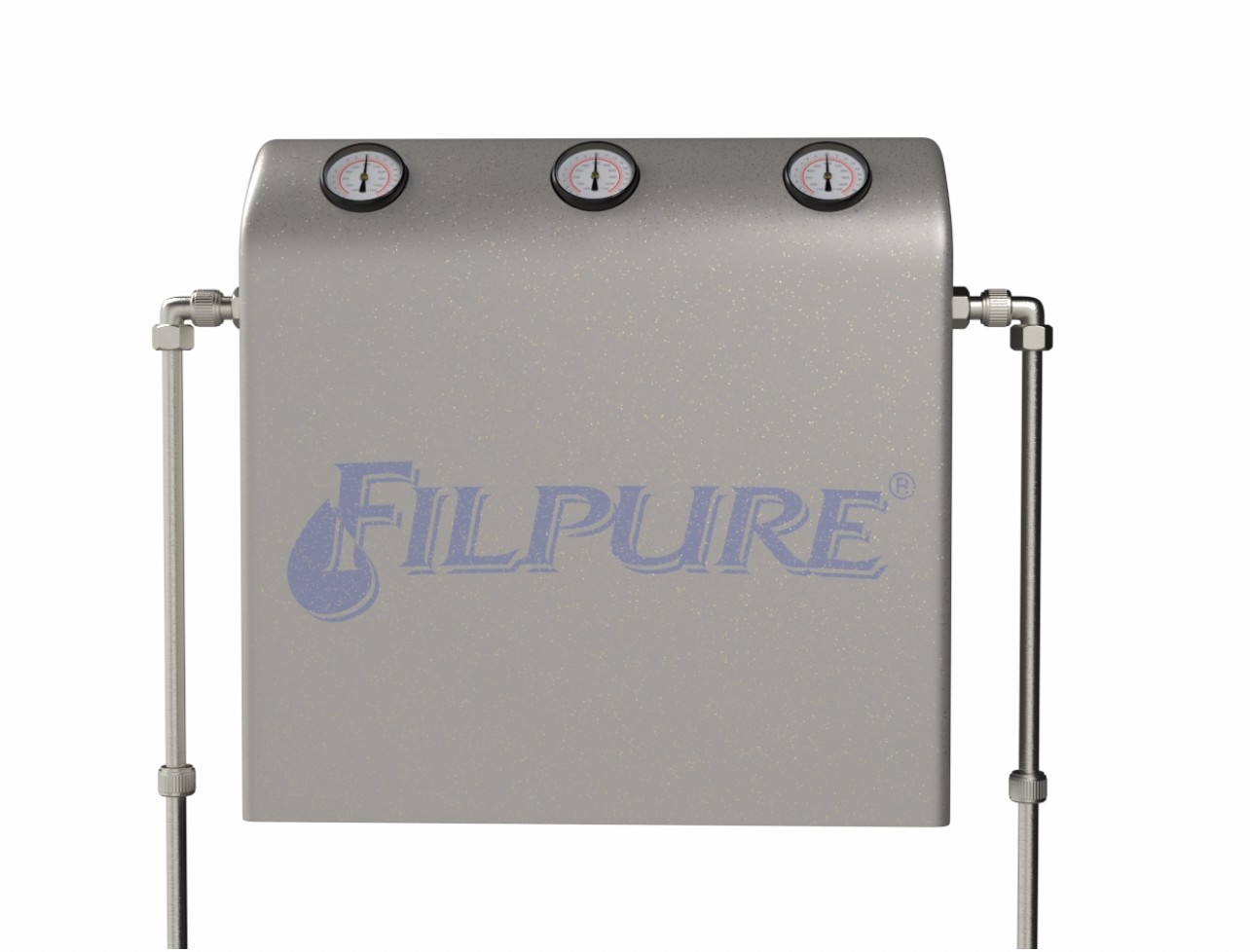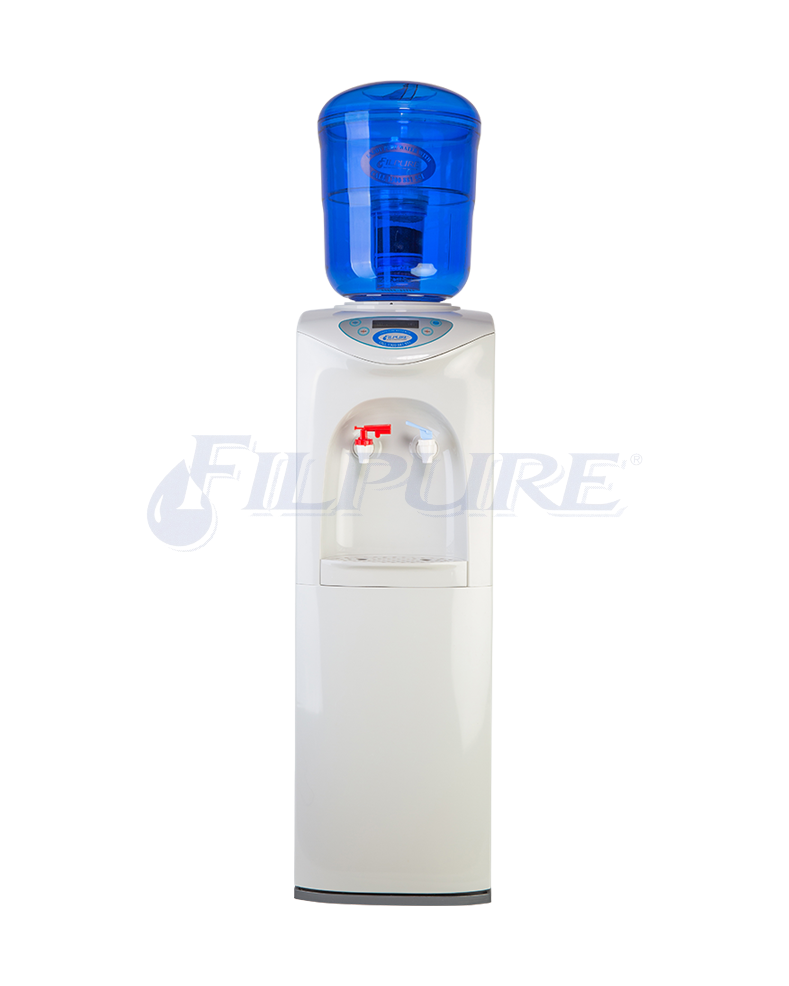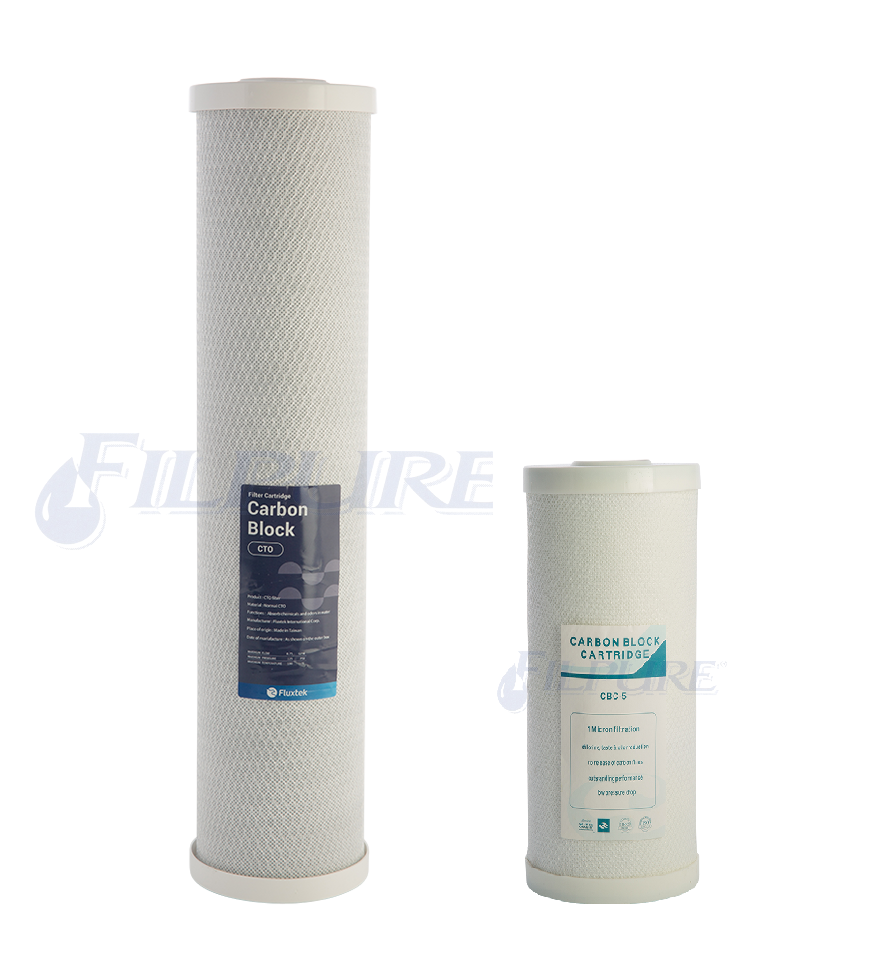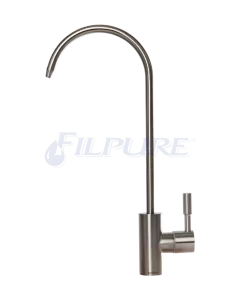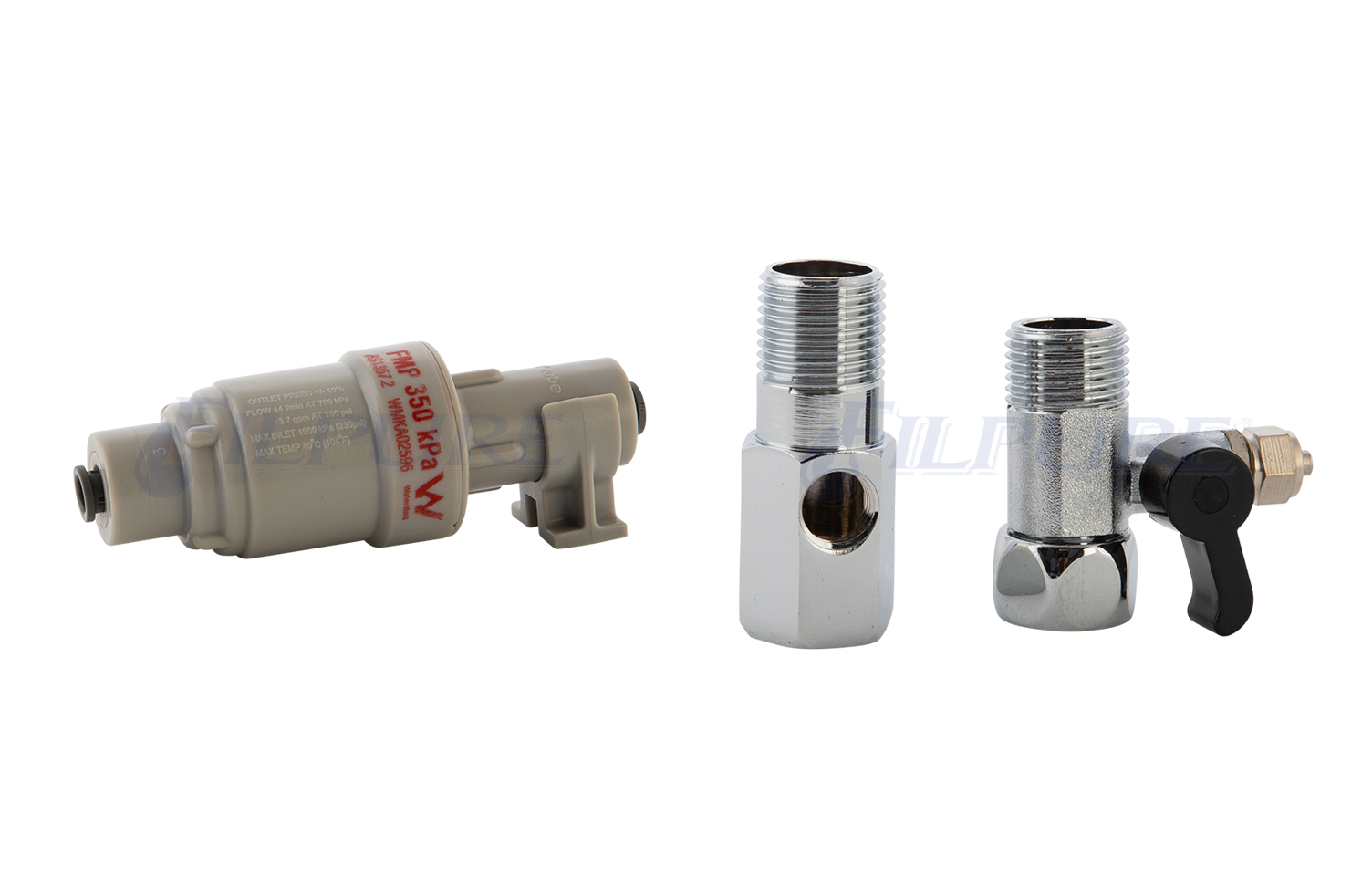Is Chlorine in Drinking Water Harmful?

Chlorine is commonly used in water treatment processes around the world, including Australia, to disinfect drinking water and kill harmful pathogens such as bacteria, viruses and protozoa. While this practice has significantly reduced the incidence of waterborne diseases, the presence of chlorine in drinking water has also raised concerns about its potential impact on human health.
Why Chlorine Can Be Harmful to Human Health
Chlorine itself is a powerful disinfectant, but when it reacts with organic matter present in water, it can form byproducts known as disinfection byproducts (DBPs), such as trihalomethanes (THMs) and haloacetic acids (HAAs). These byproducts are where most of the health concerns arise.
Carcinogenic Risks: Long-term exposure to certain DBPs, particularly THMs, has been associated with an increased risk of cancer, particularly bladder and colorectal cancer. Studies suggest that prolonged consumption of water with high levels of DBPs can lead to these health risks.
Respiratory and Skin Issues: Chlorine can also cause respiratory irritation when inhaled, especially in the shower or during other household activities that generate steam. Additionally, it can irritate the skin and eyes, particularly for individuals with sensitive skin or allergies.
Impact on Heart and Liver: Some studies have suggested that prolonged exposure to high levels of chlorine and its byproducts may affect the liver, kidneys and heart, although more research is needed to fully understand these effects.
Risks of Chlorine in Drinking Water
The risks associated with chlorine in drinking water are generally low when it is used within the regulated limits. However, the potential for harm increases with prolonged exposure to higher levels of chlorine and its byproducts. The World Health Organization (WHO) and other health agencies set guidelines for safe levels of chlorine and DBPs in drinking water to minimise these risks.
Are Water Filters Effective in Removing Chlorine?
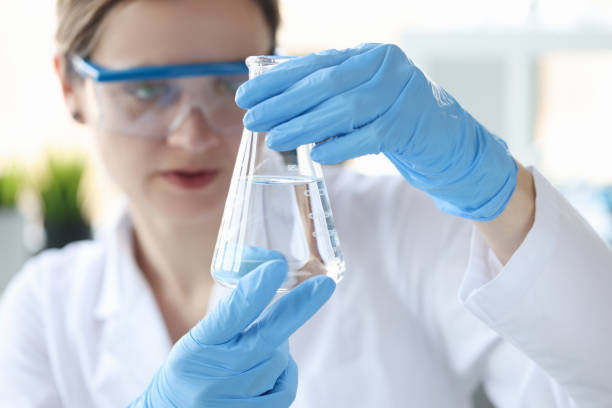
Yes, water filters can be effective in removing chlorine from drinking water. Some of the most common types of filters that reduce chlorine levels include:
Activated Carbon Filters: These filters are particularly effective at removing chlorine and improving the taste and odour of water. They work by adsorbing chlorine molecules as water passes through the carbon filter.
Reverse Osmosis Systems: These systems remove chlorine by forcing water through a semi-permeable membrane that blocks contaminants, including chlorine and its byproducts.
Whole House Filtration Systems: These are installed at the point where water enters the home, providing chlorine-free water for washing, cooking and bathing.
Ensuring Safer and Better-Tasting Water
Chlorine in drinking water, while effective in disinfection, can pose potential health risks, particularly due to the formation of harmful byproducts. While the risks are generally low when chlorine levels are kept within safe limits, individuals concerned about chlorine exposure can use water filtration systems to reduce or eliminate chlorine from their drinking water. By doing so, they can ensure safer, better-tasting water while still benefiting from the protective effects of disinfection.
Conclusion:
Chlorine in drinking water is generally safe in regulated amounts as it kills harmful bacteria. However, excessive levels can cause health issues like skin irritation. To ensure safety, consider using a water filtration system if you’re concerned about chlorine levels.

